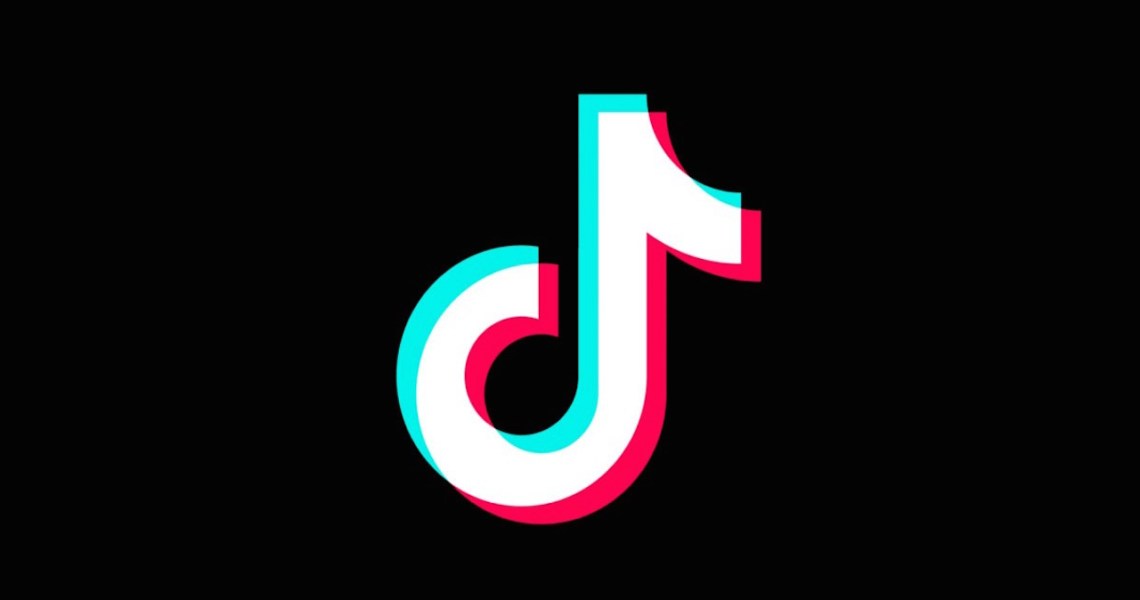Lip-care brand Eos is venturing into TikTok territory.
As part of a larger ongoing campaign that extends from August 2019 to January 2020, Eos is running a social campaign called #MakeItAwesome on the social media app from Sept. 10 through Sept. 30. TikTok, which began as a music video editing app (and previously called Musical.ly) has been downloaded over 80 million times in the United States and has been notably popular among Gen Z and young millennials. As the app has grown in popularity, the brand sponsorship team has begun to formalize. Too Faced was the first beauty brand to work directly with TikTok.
According to Digiday, Eos quadrupled its media spend year over year from 2018 in order to support the brand’s reboot which began in August. With that, the brand is approximately spending 53% of its media budget on digital channels such as YouTube, 13% of the budget going toward over-the-top advertising on streaming platforms like Roku and Hulu, 27% for digital shopper marketing initiatives and 7% for experimental formats like TikTok.
Eos is leveraging new branded features in the app, such as the Hashtag Challenge Plus, which provides a branded shoppable experience allowing users to purchase product from within the app. It’s also the first U.S. beauty brand to take advantage of TopView, a full-screen branded video takeover, which occurred on Sept. 10, and Super Like In-Feed ads, which allow a brand to customize the “like” icon on videos — Eos turned the traditional heart icon into floating Eos products.
“We are trying to be an approachable, fun, happy and authentic brand,” said Soyoung Kang, CMO of Eos. “That’s the culture we are trying to build, and it’s why we are interested in TikTok.”
To kick off its TikTok campaign, Eos ran a six-day mini-campaign called #MakeItAwesome. It encouraged users to integrate Eos lip balm into a creative video using the song “Post Malone” by Sam Feldt and RANI, with a chance to win more than 30 new Eos lip balm flavors. This portion of the campaign engaged five paid TikTok influencer accounts, with a total reach of 13 million subscribers, to create one challenge video each. Influencers included Miranda and Melanie Wilking (@wilkingsisters; 1.7 million followers) and Sharla May and Chris Kerr Rio (@ourfire; 5.2 million followers). Kang said the idea was to use these influencers to serve as a guide or inspiration for their followers for how to participate. So far, different influencers have used the color of Eos packaging to inspire outfit changes, featured a “Wizard of Oz”-style transformation from black and white to color, and performed backflips in slow-motion in front of a color-changing backdrop.
Kang said that, based on her own preliminary research of other brand hashtag campaigns on TikTok, most see between 400 and 500 million views. As of Friday, Sept. 13, the #MakeItAwesome hashtag had over 423 million. Part of the viral nature of TikTok is built into its user experience, which allows users to quickly flip or slide to the next video and view, at random, content in their feed from accounts they are not subscribed to, unlike platforms like Snapchat and Instagram. Beauty, in particular, has become a popular category for viral moments on the platform, with some verging on the strange or abstract. For example, in what’s become known as the potato challenge — and has seen over 12 million views — users document themselves giving potatoes makeovers using cosmetics.
A TikTok spokesperson said that the company saw an inherent connection between the beauty world and the TikTok platform.
“Beauty content plays into the larger themes we see resonating well with the TikTok community, such as creative, surprising and fun moments,” they said. “Whether it’s HBO’s ‘Euphoria’-inspired makeup trends or everyday beauty inspiration and tutorials, we’ve seen people create their own unique spin on products and trends to show their individualism. That form of creativity tends to draw a positive reaction from the community.”
But the unpredictable nature of the platform, in which every user is allowed to participate in a challenge and brands cannot control what user’s content appears, will take some getting used to for brands.
“It is perhaps a bit risky for brands because they don’t know what they will get back in return — you have to be open with letting the content take its own form,” said Kang, noting that TikTok’s new sponsored components gave Eos more control over the narrative. Within the app, there is a dedicated page for #MakeItAwesome that allows Eos to include information about the brand at the top of the page. On that page, there are also two tabs: one for the hashtag challenge videos and another called “Explore,” which resembles a microsite or landing page. This Explore page provides users the opportunity to purchase products by clicking on one of eight products, which takes them to Eos’s e-commerce site to complete their purchase while remaining within the app. On the page, users can also view brand-produced videos and vote on one of six product flavors which will be put into production.
When the campaign wraps, TikTok will provide Eos with a recap of engagement, as well as sentiment based on what users do in their videos including how they use Eos products. The brand is also working with third parties to evaluate the success of the TikTok partnership based on how people discover the campaign videos (through TikTok or another app or website) and on what other websites or platforms the TikTok videos may have been shared.
“The reality is that TikTok is such a new platform that there is some degree of gut intuition,” said Kang. “[Overall], the kind of user-generated content, engagement and content that TikTok offers is a very different kind of marketing from other platforms. It is not really about getting eyeballs on a polished commercial.”




